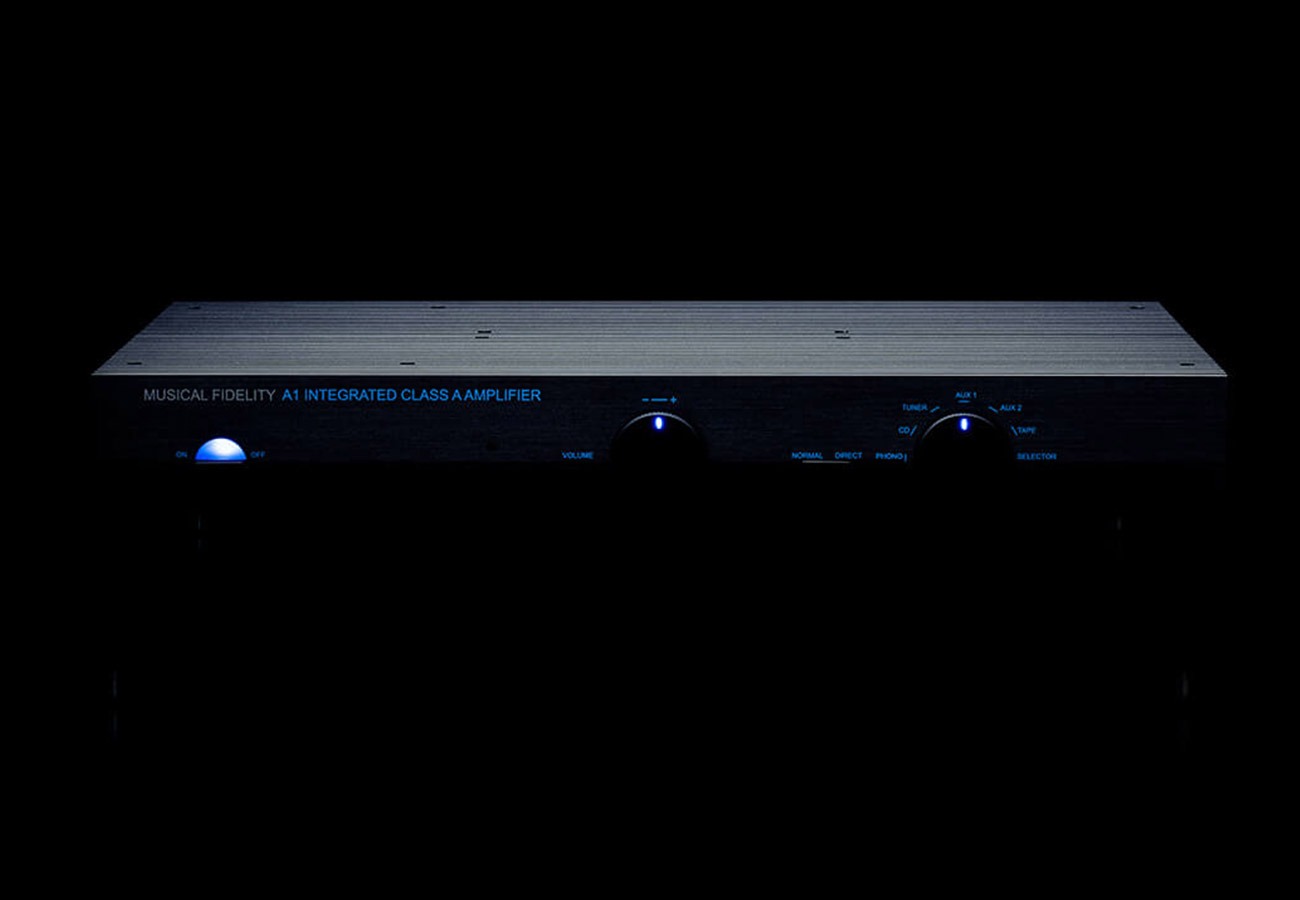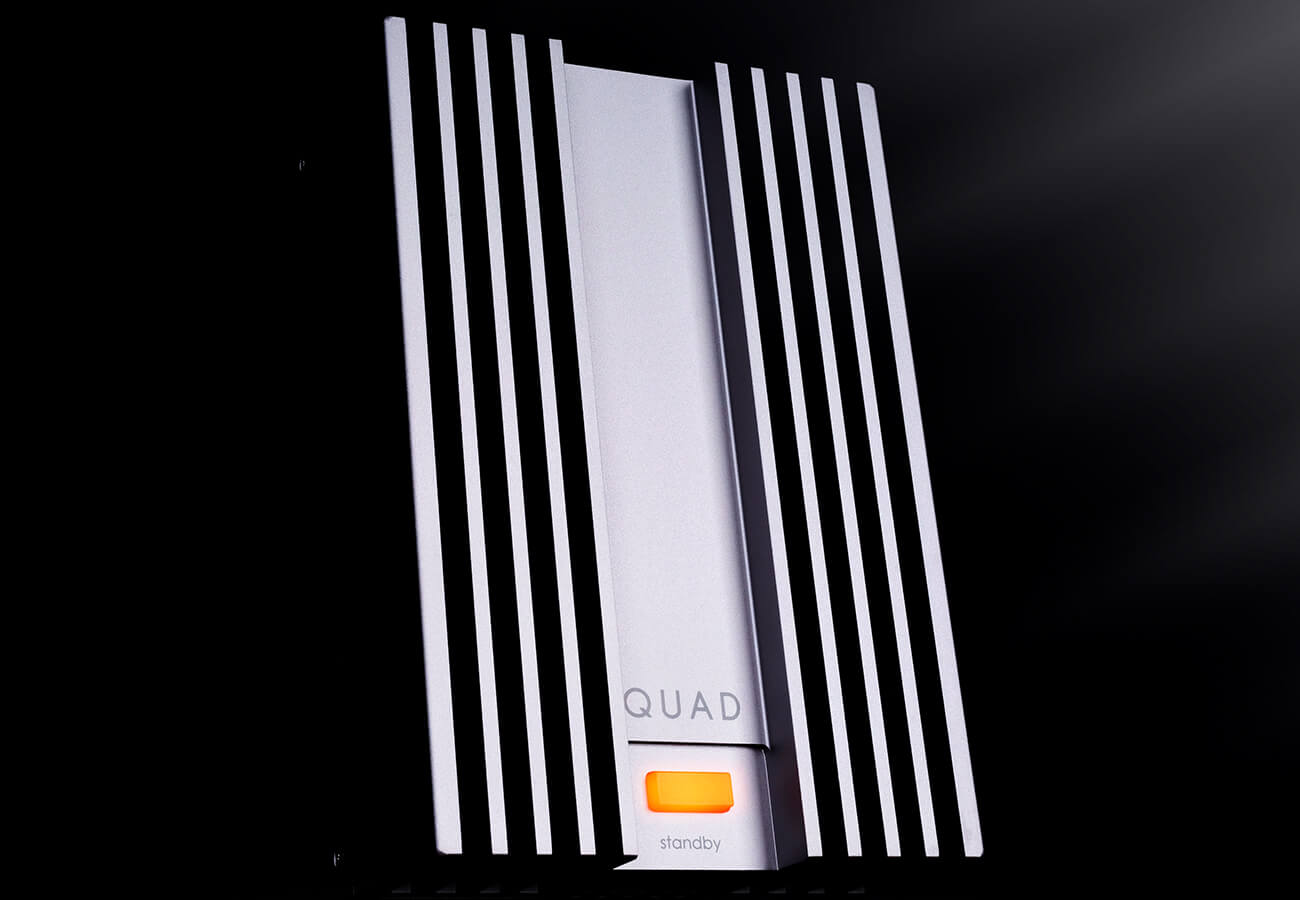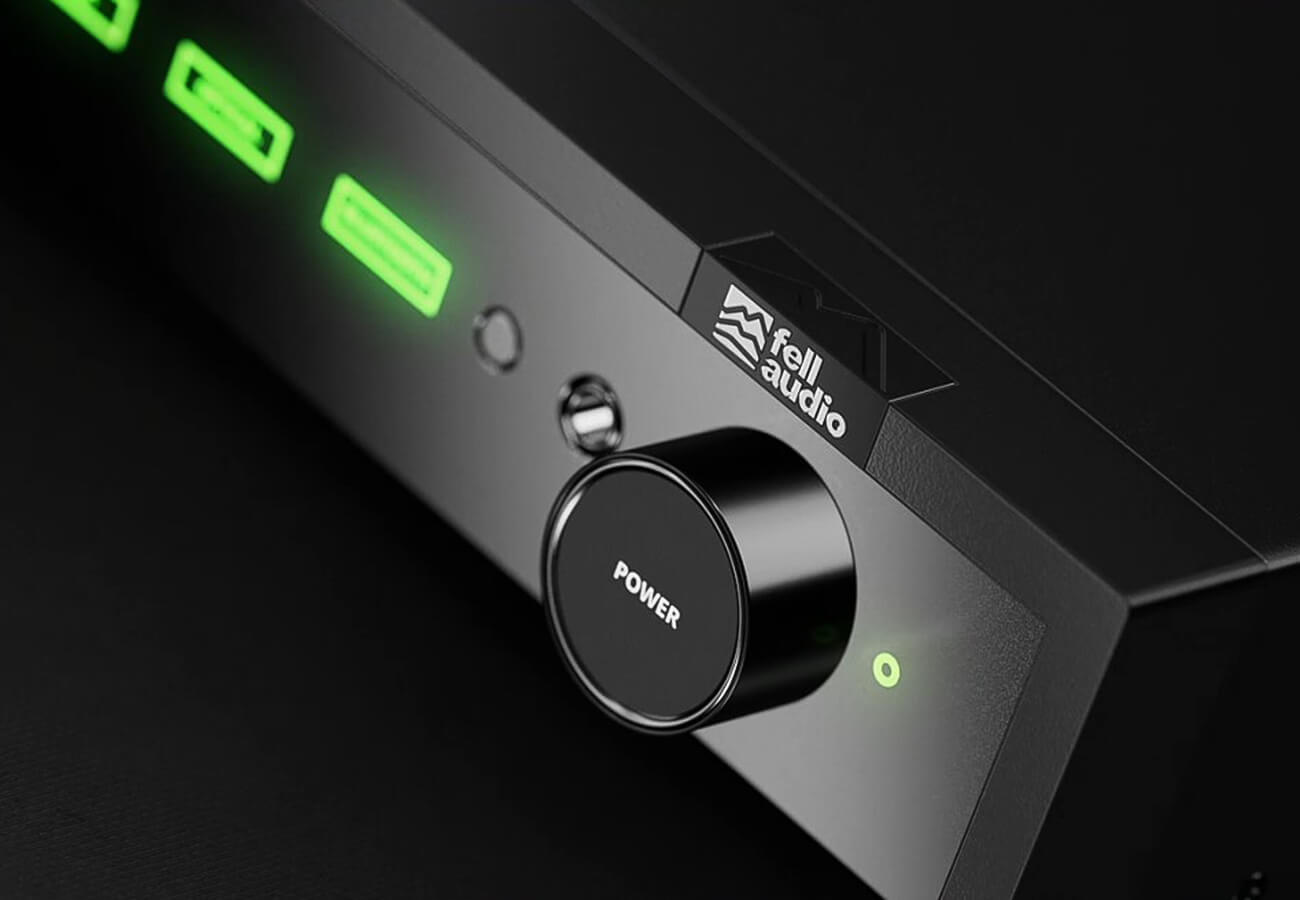
Amplifier Class effects sound quality, power consumption, heat and size. Here we’ll look at why, covering the three main home audio Classes: their pros, cons and differences, exploring which Class is best for home audio and which is right for you.
What Does a Hi-Fi Amplifier Do?
A power amplifier has one job: take an audio signal and make it bigger, without changing it.
That audio signal originates from your streamer, turntable, preamplifier, etc. as a small soundwave. Fed directly to your speakers, it would do nothing; it has nowhere near enough energy to move drive units; it needs amplified. A power amplifier does this by combining it with input voltage (mains electricity) to deliver output power (Watts), moving loudspeaker units in and out, producing sound.
Solid-state or tube amplifiers?
Amplifiers use different methods for this process; solid-state amps use transistors; valve amps use vacuum tubes. Some power amplifiers are separate, fed by a pre-amplifier, others are together with the preamplifier in an integrated amplifier. But they all do the same essential job.
We focus here on solid-state, transistor amplifiers, which employ an array of electrical components, the pivotal one being transistors. They are also the most common type of home audio amplifier as they can be made cheaper and smaller in most cases.
Transistors act as gates, controlling the flow of electrical current applied to the audio signal. How they are deployed, and the amount of current flowing through them, defines the amplifier’s Class; the main types used in home audio being Class A, AB and D.


Class A Amplifiers - The Audiophiles Choice?
Class A amps draw full mains voltage all the time, even if no music is present. Single transistors amplify the entire waveform (positive and negative), never switching off, so operating in their optimum, linear zone. This is the simplest, purest method of amplification, regarded as delivering the most natural, highest quality audio, with a ‘warm, fuzzy’ sonic signature.
But it is incredibly wasteful; only 25-30% efficient. Excess, ‘always on’ power is dispelled as heat, so Class A amplifiers run very hot, requiring large enclosures, extensive heat sinks and consuming/wasting a LOT of energy.
In a perfect audiophile world, if you’re looking for the best high-end stereo amplifier, Class A might rule. In reality, these amps are big, expensive and hence somewhat rare.
Class AB Amplifiers – The Balanced Approach
The most common Class in home audio, AB combines the sonic quality of Class A with more efficient Class B topology, typically starting off in Class A and switching to Class B at high output levels, reducing inefficiency.
In the Class B section, pairs of transistors control current - one on the positive waveform, one on the negative - switching off when not required. This ‘push-pull’ configuration uses less power but can cause distortion at the positive and negative crossover points. Class AB ‘hybrid’ amps solve this problem by allowing some ‘overlap’ i.e., positive transistors extend a little into the negative waveform and vice versa.
The best Class AB amps deliver audio quality close to Class A, and crucially, 2-3 times more efficiently (60-70%), hence its status as the ideal balanced solution for home audio/cinema.


Class D Amplifiers – Efficiency Over Everything?
Technically quite different to Class A/AB; super-efficient c.90%.
Class D amps convert incoming audio to a PWM (Pulse Width Modulation) signal, or square wave. Audio information is still there, but represented as highs and lows, with no curvy bits in between. This means transistors here are either fully open or fully closed, (switching at c.100kHz), never in the energy-sapping ‘half-open’ stage, making Class D extremely efficient.
Once amplified, the PWM signal passes through an output filter, converting it back to analogue to drive loudspeakers.
Conversions can lose audio information though, and early Class D amplifiers had a reputation for poor sound quality. But ongoing improvements in their engineering and design mean audio quality is improving all the time.
High efficiency and low power consumption means products can be smaller and lighter. This may well be the Class to watch…
In summary:
Class A - excellent audio; terrible efficiency, runs hot, needs to be big.
Class AB - very good audio quality, decent efficiency.
Class D - excellent efficiency, runs cool, compact, audio quality variable.


Which Class is best for you? What other factors should you consider?
Hopefully this information has helped you understand how amplifier class affects sound, but what’s the best amplifier for your speakers?
Conventional wisdom says Class AB is the ideal compromise design for Hi-Fi and home cinema, but Class D is catching up fast. There is no right or wrong - we know passionate advocates of all Classes!
As always, the proof is in the listening. Peter Tyson demonstrates amplifiers of all Classes, designs and prices; and our expert staff will guide you towards your best few to audition.
Loudspeakers are integral to the equation: you need to output enough power to drive them properly, whatever the Class. Better amplifiers in all Classes use superior components, generally producing higher quality. And your amp needs to fit your space. If that’s limited, Class A is probably not for you…
The most fun part of buying or upgrading your amp is trying them out. And we fully encourage that at Peter Tyson! Get in touch:
Peter Tyson Carlise – 01224 546756
Peter Tyson Newcastle – 0191 285 7179